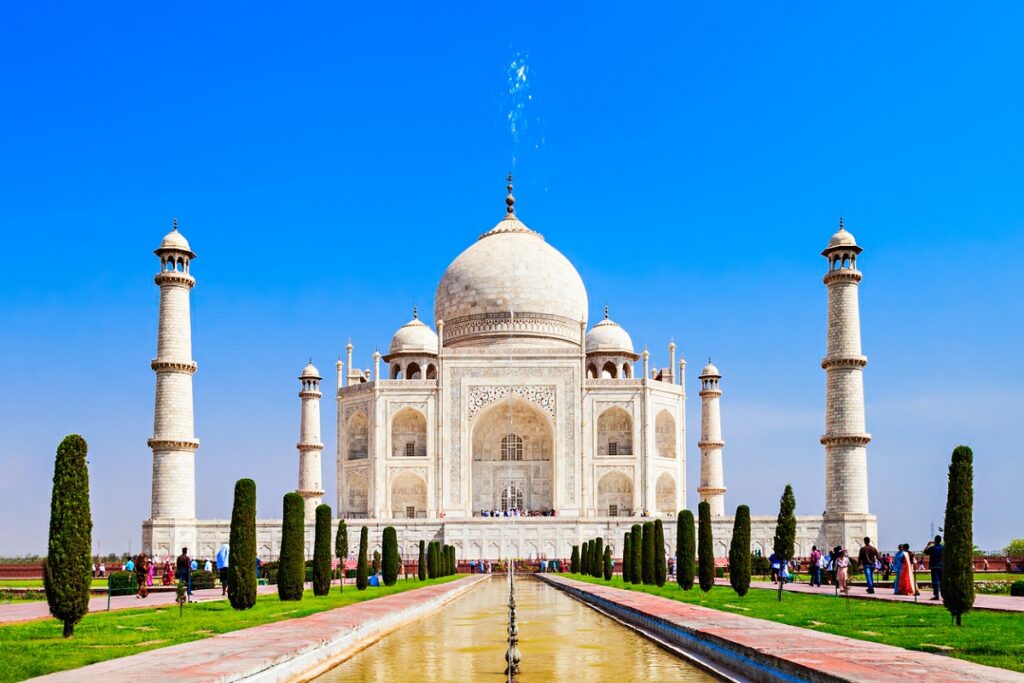What trip to India is complete without visiting the Taj Mahal?
After a full semester of classes in Bangalore, my classmates and I took a group trip to North India. We explored the sights of Jaipur, Agra, and Delhi in a whirlwind five days, seeing, Nahargarh Fort, the Lotus Temple, and of course, the Taj Mahal.
While I was eager for the trip, I was hesitant about our itinerary. Our schedule was built around shopping and sight-seeing, neither of which are my first inclination. In fact, I often forego both when traveling alone, instead attending local meetups to make friends.
My qualms with shopping are simple: I’m not very materialistic and hate owning unnecessary stuff, so the idea of spending money to buy things I neither want or need is absurd.
My complaints about sight-seeing are more complex—and more controversial. While many sight-seeing locations feature pinnacles of human achievement or breathtaking natural beauty, I’m baffled by how we become the center of attention, not the sight which we are there to see.
The best way to illustrate this is by looking at sight-seeing photos. Rarely do they focus on the sight-worthy object; instead they feature us, often front-and-center, posing to attract attention while the sight itself sits obscurely in the background. We care little about the sight we’re there to see, but we sure care a lot to have ourselves pictured with it.
Despite my skepticism and hesitations, I found the Taj Mahal astounding.
To see the famed building, you first walk through an arch, known as the South Gate. At first, you see a small part of the Taj Mahal through the arch’s opening. Then, as you get closer, the Taj Mahal disappears from view. And finally, at just the right moment, the entire building reappears in clear focus, capturing your full attention. (Check out timestamp 0:33 in this video to see the effect.) The optical illusion is fantastic; experiencing it was my favorite moment of the trip.
After experiencing the optical illusion, you also recognize that the building itself is a marvel of human achievement. Not only is it a massive 240 feet tall, but it was built with perfect symmetry.
For all our modern technological advancements, I found the Taj Mahal a refreshing reminder of human capability, even back in the 15th century.
No wonder the Taj Mahal is one of the Seven Wonders of the Modern World. It’s worth the visit.

